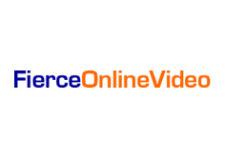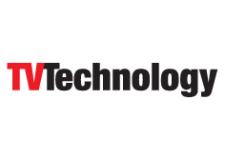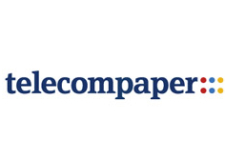Conviva CEO Darren Feher has some advice for cord cutters eagerly anticipating the day when HBO goes over the top to non-pay-TV subscribers: Don’t hold your breath.
“The whole industry is doing a lot of experimentation in places and markets where they are trying to figure out what will work for the U.S. market,†Feher told GigaOm. “But before that, in the next 12 months there will increasing pressure against cord cutters. The whole authentication thing, where you can’t watch content unless you have a cable sub, will be a mess for consumers.â€
Feher said consumers likely will face higher fees from content aggregators like Netflix and Hulu, and believes more content will end up behind pay walls, available to viewers only if they have a pay-TV subscription.
Feher told GigaOm, a generation of “cord neversâ€â€”consumers who have never had a pay-TV subscription, and, in many cases, prefer watching on second screens—were changing the industry, and they were challenging it to come up with different business models that could help monetize over-the-top content.
Much of that monetization may be dependant on the quality of content offered, HD and ultra-HD, for example, likely will be worth more to viewers than SD video. Delivering video that doesn’t buffer, stutter or fail will play an integral part in the success of OTT business models.
Conviva, which specializes in preemptive video stream optimization and viewer analytics, in February released its “Viewer Experience Report,†a deep dive into viewer engagement metrics. The company analyzed data from more than 22.6 billion video streams during 2012.
Conviva’s findings in a nutshell:
- Viewers won’t tolerate poor quality. In 2011, a 1 percent increase in the amount of time spent buffering VOD content led to three minutes less of viewing time. In 2012, that same 1 percent increase meant an eight-minute loss in viewing time.
- Quality issues remain pervasive. Last year, about  60 percent of all streams experienced quality degradations, including buffering, slow video startup time and low-resolution picture due to low bitrates.
- Viewer intolerance and video quality issues are expensive: Global content brands could have captured an additional $2.16 billion in revenue for 2012 had they improved the viewer experience.
“In the war for audience engagement, the companies that focus on providing exceptional content within a quality experience-one without buffering, with a quick video start time and high visual resolution-will amplify viewer engagement and ultimately be the most profitable,” Feher said.
While being able to deliver high-quality content consistently is critical to viewer “stickiness,†discoverability and how relevant content is to a viewer also are important.
Online video platform Ooyala this week rolled out products designed to help viewers find “personalized†content more easily, to help content owners push programming to Android devices and to connected TVs.
Ooyala’s Discovery Guide helps publishers creates programming guides that blend live and VOD content, personalized for each viewer, using metadata, program schedules, behavioral data and user input. The product uses real-time analytics and optimization algorithms to provide up-to-the-minute recommendations of the content the viewer is most likely to watch. The guide also includes a watch-later queuing functionality, allowing viewers to select programming to keep on a personal playlist.
The goal, obviously, is to produce a TV-like experience for viewers, and to give them access to on-demand and scheduled content.
Combining a push for quality and discoverability is creating a new generation of online video, one that is more appealing to consumers and to content providers. “We’re seeing online video become a real business,†Ooyala’s Bismarck Lepe, president of products and co-founder, told me. In the past six years, this moment is what we’ve been working toward… and it’s building.â€
Increasingly, content owners are looking toward a new economic model as well, one that puts streaming first. Netflix’s success with “House of Cards,†is one example of that, and the increasing noise about HBO Go and other similar products isn’t going away.
Â
Jim O’Neill is Vice President, New Media at Radi8 Creative. He previously was editor of FierceIPTV and FierceOnlineVideo, and an analyst focusing on new media at Parks Associates.
 EdgeCast Networks Co-Founders Alex Kazerani and James Segil Win 28th Annual EY Entrepreneur of the Year 2014 Greater Los Angeles Award
EdgeCast Networks Co-Founders Alex Kazerani and James Segil Win 28th Annual EY Entrepreneur of the Year 2014 Greater Los Angeles Award Verizon Digital Media Services Launches Cloud-Based Web Application Firewall That Increases Defenses Against Cyberattacks
Verizon Digital Media Services Launches Cloud-Based Web Application Firewall That Increases Defenses Against Cyberattacks FIFA World Cup Streaming Viewership by Device
FIFA World Cup Streaming Viewership by Device Verizon Digital Media unveils web application firewall
Verizon Digital Media unveils web application firewall
